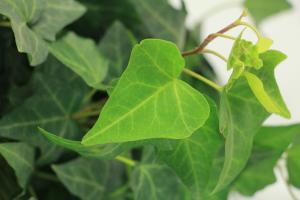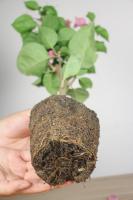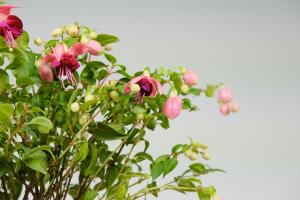How Close to Gas Lines Can I Plant a Tree
Planting trees is a great way to add to the beauty of your property, improve air quality, and provide shade. However, it is important to consider any underground gas lines that may be present on your property. Planting trees too close to gas lines can damage the lines, leading to gas leaks or even a potential explosion. Here are some key things to keep in mind when planting trees near gas lines:
Check Local Regulations
The first step is to check local regulations to determine the minimum distance required between gas lines and trees. Each region or municipality may have different rules and regulations regarding how close trees can be planted to gas lines. Failing to comply with these regulations can lead to fines, penalties, and potential legal issues in the future. It’s always better to be safe and comply with local regulations.
Know the Location of Gas Lines
Before planting any new trees, it’s important to determine the exact location of any gas lines that exist on your property. You can reach out to your local gas company for this information or hire a professional surveyor who can assist with mapping the underground gas lines. Knowing the exact location of gas lines is key to ensuring that you don’t plant trees too close and risk damaging the lines.
Plant Smaller Trees or Shrubs
If you are determined to plant trees near gas lines, consider planting smaller trees or shrubs, which are less likely to cause damage to the lines. Larger trees have deeper root systems, which can easily penetrate gas lines and cause leaks. Smaller trees and shrubs have shallower roots, which are less likely to interfere with gas lines.
Choose the Right Types of Trees
Certain types of trees are less prone to damaging gas lines. For example, trees with non-invasive root systems like fruit trees or ornamental trees are less likely to cause damage to gas lines. On the other hand, trees with aggressive root systems like willows, maples, or silver poplars should be avoided when planting near gas lines.
Monitor Trees Regularly
Even if you have followed all the rules and planted trees at a safe distance from gas lines, it’s still important to monitor them regularly. Inspect the area around the trees for any signs of gas leaks, such as a hissing sound, a gas odor, or dead vegetation. If you notice any issues, contact your local gas company immediately to have the lines inspected.
Final Thoughts
Planting trees near gas lines requires careful consideration and planning. Make sure to comply with local regulations, know the location of gas lines, choose the right types of trees, and monitor your trees regularly. Following these guidelines will ensure that your trees are not only beautiful, but also safe for you and your family.

 how many times do yo...
how many times do yo... how many planted tre...
how many planted tre... how many pine trees ...
how many pine trees ... how many pecan trees...
how many pecan trees... how many plants comp...
how many plants comp... how many plants can ...
how many plants can ... how many plants and ...
how many plants and ... how many pepper plan...
how many pepper plan...






























